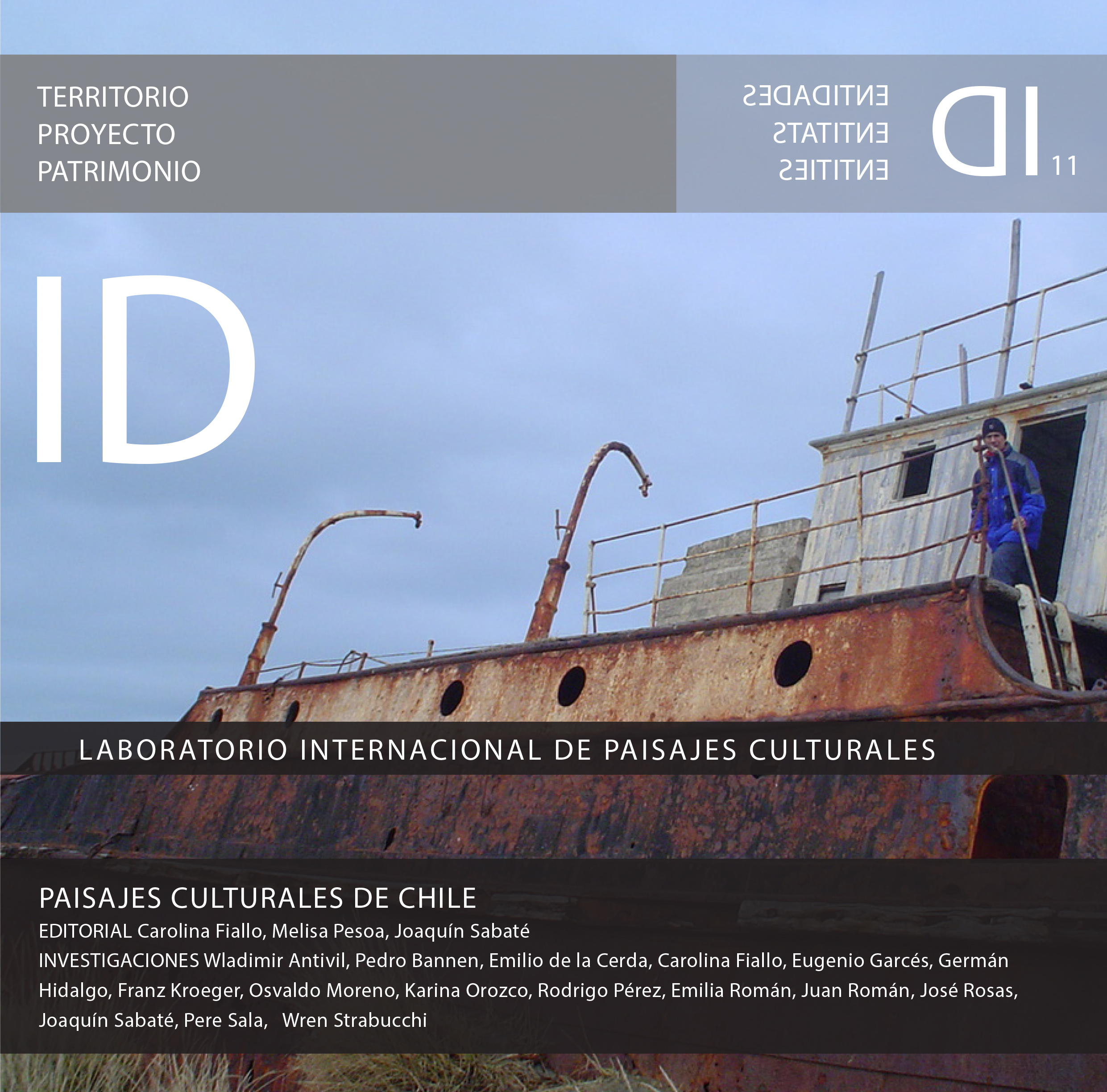LA OCASIÓN DE IMAGINAR UN NUEVO PAISAJE CULTURAL PARA LA MODERNIZACIÓN DE UNA CIUDAD CAPITAL
Una relectura del Plan de Transformación de Santiago de Chile por Vicuña Mackenna (1872-1875)
DOI:
https://doi.org/10.5821/id.12021Abstract
Acting on the existing city -with a goal of structural transformation- requires clear ideas, a consistent strategy of operation and a strong-willed author, plus the consensus of other
participants and institutions. The experience of a Chilean politician over Santiago de Chile in the second half of the 19th Century is a result of such an extraordinary confluence, and it has marked the city’s fate to our days. With the order of the colonial city as a starting point, Vicuña Mackenna visualized a new urban matrix that resulted in a watershed moment for the urban form. A system of annular and radial promenade avenues is laid over the territory and the layers of history, thus shaping a new cultural landscape in the Mapocho valley.
Over a period of three years the mayor was able to change the scale and appearance of the capital city and its residential outskirts with a pragmatic set of works (although some of them were not executed) and equally effective management skills. This urban structure was consolidated around the date of the centennial of the independence in 1910. Many
other actions were to accompany this effort with contributions added and materialized over
this new order, all of them in debt to the original operation.
Key words: Santiago de Chile, urban modernization, cultural landscape, road structure
Downloads
Published
Issue
Section
License
Copyright (c) 2023 Creative Commons

This work is licensed under a Creative Commons Attribution-NonCommercial-ShareAlike 4.0 International License.
Those authors who have publications with this journal, accept the following terms:
a. Authors will retain their copyright and guarantee the journal the right of first publication of their work, which will be simultaneously subject to the Creative Commons CC BY-NC-ND-4.0 recognition license that allows third parties to share the work provided that its author and its first publication are indicated in this journal, but they cannot be changed or used commercially.
b. Authors may adopt other non-exclusive license agreements for the distribution of the version of the published work (eg: deposit it in an institutional telematic archive or publish it in a monographic volume) provided that the initial publication in this journal is indicated.
c. Authors are allowed and recommended to disseminate their work through the Internet (e.g. in institutional telematic files or on their website) before and during the submission process, which can lead to interesting exchanges and increase citations. of the published work. (See The effect of open access).













